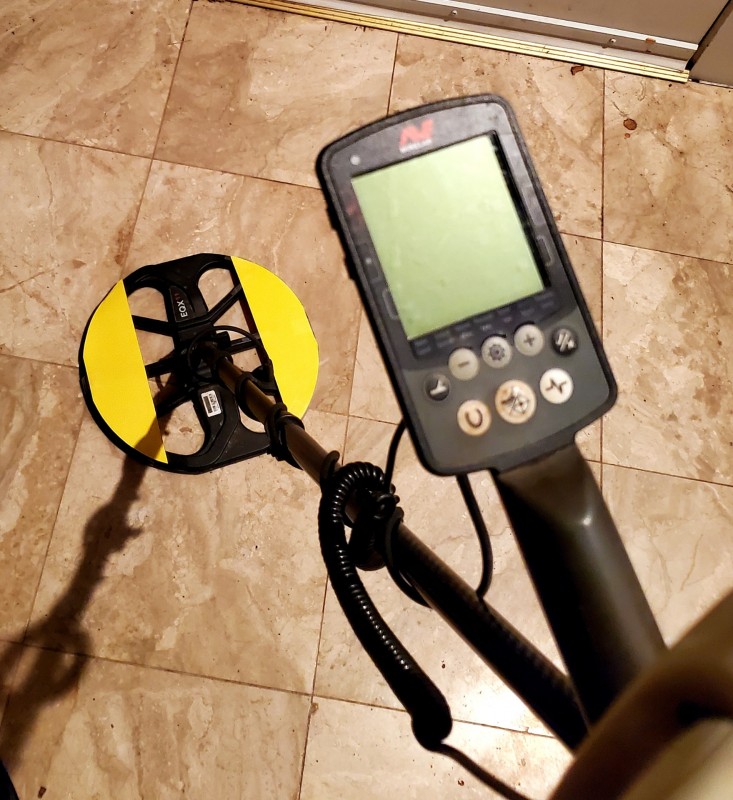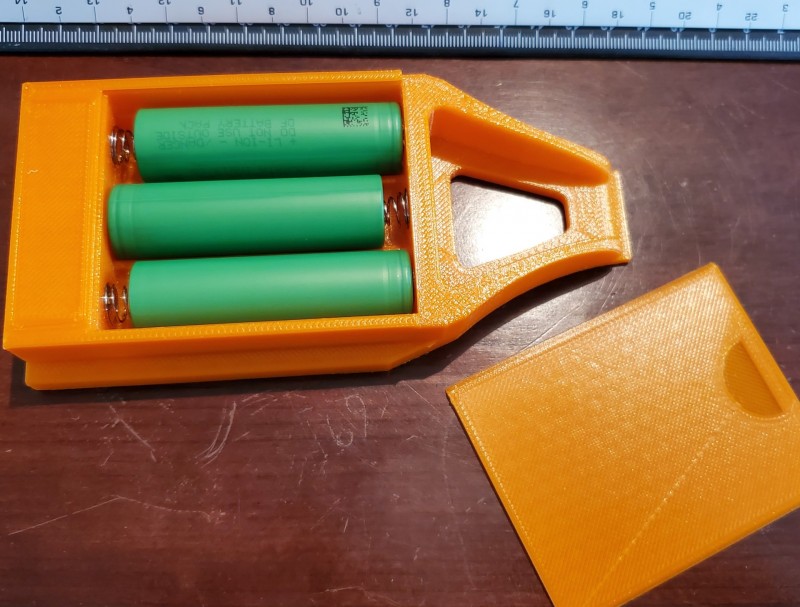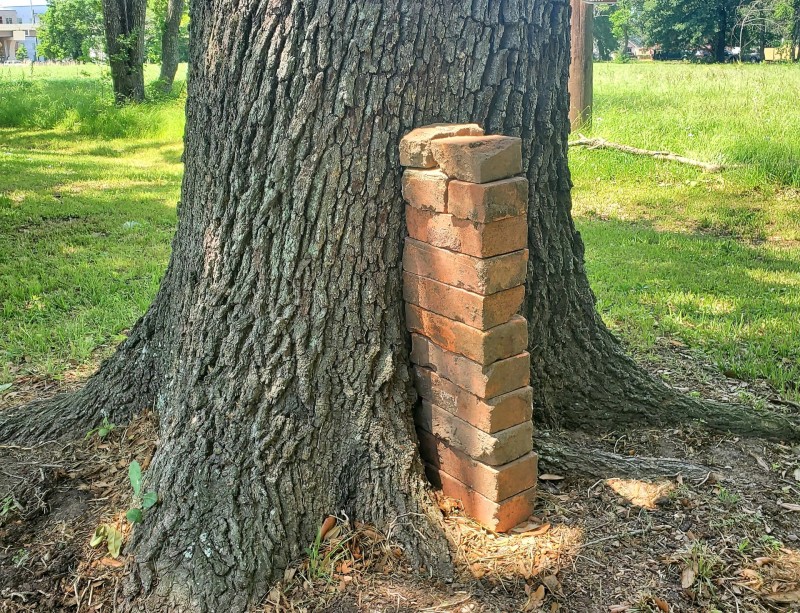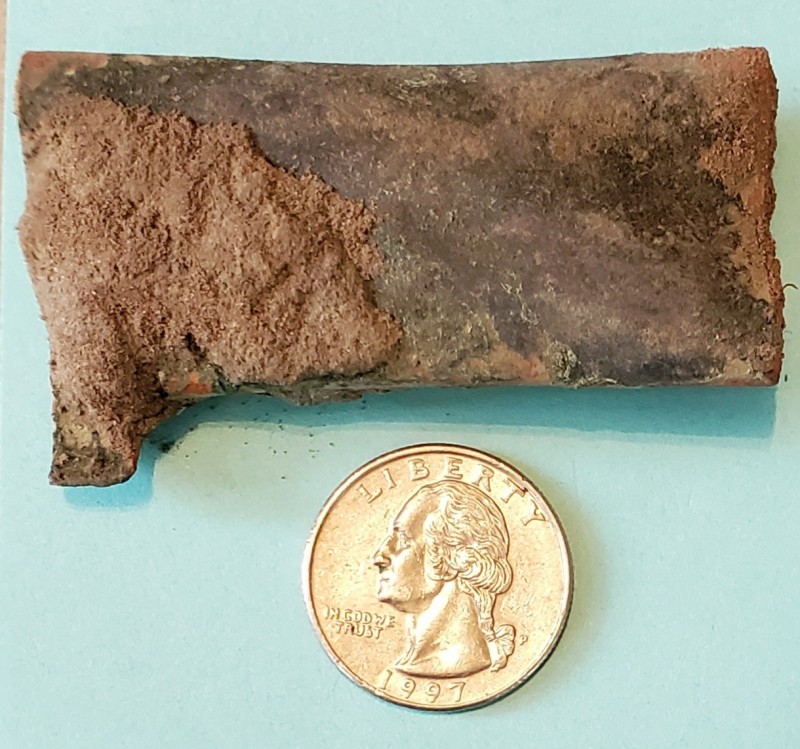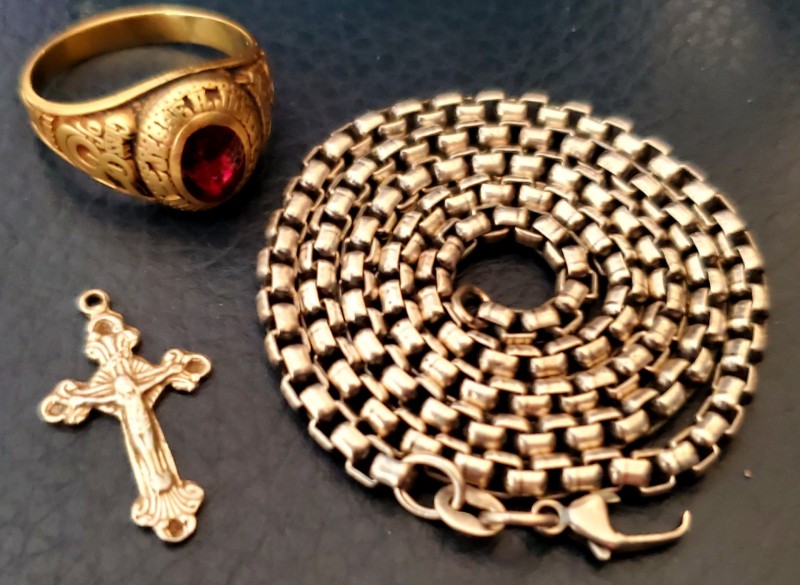-
Posts
559 -
Joined
-
Last visited
-
Days Won
2
Tiftaaft last won the day on March 8 2021
Tiftaaft had the most liked content!
Profile Information
-
Gender
Male
-
Location:
Houston, TX
-
Gear In Use:
Main Rig - Minelab Equinox 800 & 600 (Stock, 6" & 15" Coils) & Garrett Carrot/Fisher F-Pulse.
ML Explorer & Vanquish 540, White's V3i, Tesoro Vaq Black, Garrett ATX on occasion.
Recent Profile Visitors
4,139 profile views
Tiftaaft's Achievements

Gold Contributor (5/6)
887
Reputation
-
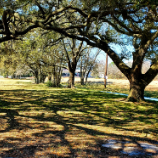
Any Word On Shipment Of Coiltek 10 X 5 Coils?
Tiftaaft replied to relicmeister's topic in Minelab Equinox Forum
While I wait for availability of the 10x5 Coiltek, I decided to make myself feel better by constructing an interim solution. Good ergonomics, runs quiet and stable, great depth and separation. Almost like it was designed in cooperation with the Equinox for optimal operation. 😉 ~Tim -
Yes. 😉
-

3d Printed Battery Pack For Whites Machines
Tiftaaft replied to ☠ Cipher's topic in White's Metal Detectors
-
The area that the bricks are located is evidently an old dump area. The ground is uneven to start with, and not covered with turf. There sometimes is a depression where I removed the brick, but the ground is pretty easily leveled. There are a bunch of broken bottles and other trash in this area as well. I think they tore down the old school and just dumped the excess debris on the edge of the field into a shallow pit. I would love to see what it the area looked like back in the "operation" years. Now it is just a vacant field of wild grass and wild flowers that the city mows down every 3 to 4 weeks.
-
As I continue to spend my after-dinner strolls to the old school grounds with detector(s) in tow, and finding a 3rd War Nickel in the process - I am hoping to complete the quest at this site with the last item (IHP). Honestly, I am digging any repeatable tone at this point, but tend to get my hopes up when I see something in the high teens/low 20's (which are becoming more and more rare). Interestingly, old Texas Diamond red bricks give a solid 17-18 on the Equinox. Having committed to the dig by the time I identify the brick (usually 7"+ deep), I decided to clear the discovered bricks in hopes they are covering a more desirable target below. But alas, so far not the case. On a positive note, I am about 1/2 way to a nice brick shed for my detectors at this site haha :D.
-

How Many Silver Dimes In A Gold Nugget?
Tiftaaft replied to GB_Amateur's topic in Detector Prospector Forum
It is a very interesting thread GBA, and as you said different to each detectorist. I know some turf hunters are dedicated to the silver count - or relics. Beach hunters tally in terms of "rings" and some by only "gold rings" as the silver ones are "bling" haha. Value, as you mentioned, is another measure. To each their own. The comparison between silver dimes and gold by weight definitely puts things into perspective. I have some work to do before matching a gold ozt in silver coins. -
Hey, sometimes a day of digging iron is what the ground gives you! (I have the rusty horseshoe and railroad spike from last week to prove it) 😄 I agree, the sample size is too small to use as empirical data. I hope I am wrong (most likely I am) as falsing on iron probably was well vetted by the CT team. I was thinking that throwing in a few deep iron signals on each "pass" could identify how each coil treats a deep non-ferrous item is a good suggestion you made, especially if one ID'd as ferrous and the other as non-ferrous or vice-versa. Of course there are always the variables of approach angle, swing angle, swing speed, and other man-made (at least this man) inconsistencies from one path to the next. I will say that I have spent a lot of time (probably at least half of my total swing time) with the ML15 on the 800 since purchasing it... I know that machine and coil as well as any I have. The CT "feels" different... just trying to figure out how to use that to my advantage. 👍
-
I spent a few hours yesterday with some Mano a Mano testing on the ML15 and the CT15. Disclaimer: This is what I observed in my testing, my ground, my occasional surmising, and feedback from the targets I marked. Your results will most definitely vary. I am not a scientist, nor an engineer... just a guy trying to find the best way to use the equipment I have. I am also not trying to speak poorly of either coil - as both have merits. I ran both coils with the exact setup - including noise cancel setting (it took me a few times to get the same setting though they were pretty close between the two) and pumping for the ground balance on the first coil - resulting in 0, then ensuring same on subsequent coils. Park 1, 50 tones, Horseshoe, Recovery 6, F2=6, Sensitivity 20. I marked 10 targets with the ML, then followed the same path with the CT and marked any additional tones. Then went through the process again starting with the CT and followed the same path with the ML marking any additional targets. Targets ranged in depth, wanting to better understand the VID comparison at varying depths as well as the sheer depth from each coil. Unfortunately, nothing spectacular for the virtual finds table (I guess I need to tag along with Gerry to his silver fields :)), but I wasn't expecting anything but some results I could use on other locations. Without diving into the details of each dig, what I found was: Both coils have similar depth in my ground, which is also to say - neither coil is deeper than the other - at least in the targets I tested. I found the audio feedback to be very similar on deep targets. One specific target was a piece of smashed copper tubing that was 15" deep (I'm lucky this ground was conducive to digging), and gave me a similar faint-ish signal bouncing between 17 and 20 on both coils - (quarter for size reference): I mentioned this in my earlier post - I am finding it more difficult to pinpoint the CT coil, as I don't think the hot spot is centered on the coil.. more testing needed. But using the wiggle back method works, as long as there are no other targets under the coil (which is 3" wider than the ML obviously), especially on the deeper, more faint targets. I have some initial ideas on how to approach pinpointing with the CT, having swept over the ML targets with it... but again, I need to do more testing to verify my thoughts. ID's are somewhat equal on each coil with one exception noted - the CT coil seems to false on rusty iron more than the ML. Again, this was one test run, however in my test method listed above, I found 4 additional targets with the CT following the same ML path... all were repeatable (one way... which is the fall back to keep from digging iron I understand) and ended up being bent nails when dug - and this was in F2=6... if I was running F2=0, this may have been a different story - more testing needed. When I started with the CT on fresh targets, the ML didn't find any additional targets, and 3 of the CT targets ID'd as iron with the ML. One wheat seemed to hit a little harder on the ML (9"), but I was going by memory, and the swing path was most likely slightly off... so difficult to tell. Both coils gave me the "dig" tone and id. It should not go without mentioning (again) the weight of the CT coil is noticeably heavier than the ML. I will most likely feel the effects of that if I were to spend a long day detecting with the CT. I am also interested to see what it feels like in the water - hopefully a trip to the beach soon to test it out. So, my first test I was able to target a range of coins and trash at depths between 4" and 9" (plus the one dig down to 15"), both coils accurately ID'd the non-ferrous targets (I recovered several clad coins and a host of copper pennies - including 4 wheats, no silver on this hunt, several ring pulls and square tabs, along with some aluminum trash and 3 or 4 .22 brass casings). Again, one hunt, one guy, non-scientific, my opinions. For my own edification, I will want to continue testing at different locations before I determine if there are any advantages for one over the other. As I led out with - there are most likely merits on both - just want to identify where each of them fit in my hunting. ~Tim
-

Sports Field Gives A Burl Ives (silver And Gold)
Tiftaaft replied to Tiftaaft's topic in Metal Detecting For Jewelry
Thanks GBA. Challenge indeed (I put a few pretty hefty gouges in some clad in the process). The ring is from 1985 - I was going to say not too old... but I guess that is still 36 years ago... though could have been dropped at any point since then. Thanks Dog. I think my wife is on to me... she gave me the "side-eye" as I asked her when she wanted to go shopping again... haha. Not yet VL, but I have a feeling if I repaired the clasp, she may be VERY interested in the chain. -
My thoughts and prayers are with you Norm. ~Tim
-
Had a couple hours while my wife was shopping today, so went to a sports field to hunt for jewelry. Glad I did, early in the hunt got a solid 15 on the Equinox at about 6". Texas turf is getting pretty hard packed by this time of year, so digging was tough, especially working to leave the field the way I found it. Out popped 14k class ring. I was happy to see a name on the inside, and with a little research located the owner. Unfortunately, since passed away, but I will try to reach out to the family to return it. My first gold of the year, and my first class ring. Separate signals on opposite ends of the field, I got similar 12-13 signals, and pulled silver from each... first the chunky chain marked .925, then the child sterling cross. Also a pocket full of clad including a Martin Van Buren $1 Coin. All in all, a good day. ~Tim
-

What Was The Outcome Of All The Equinox Polls A While Back?
Tiftaaft replied to nickelNdimed's topic in Minelab Equinox Forum
Not sure if this helps, but the poll threads you referenced have the results at the top.

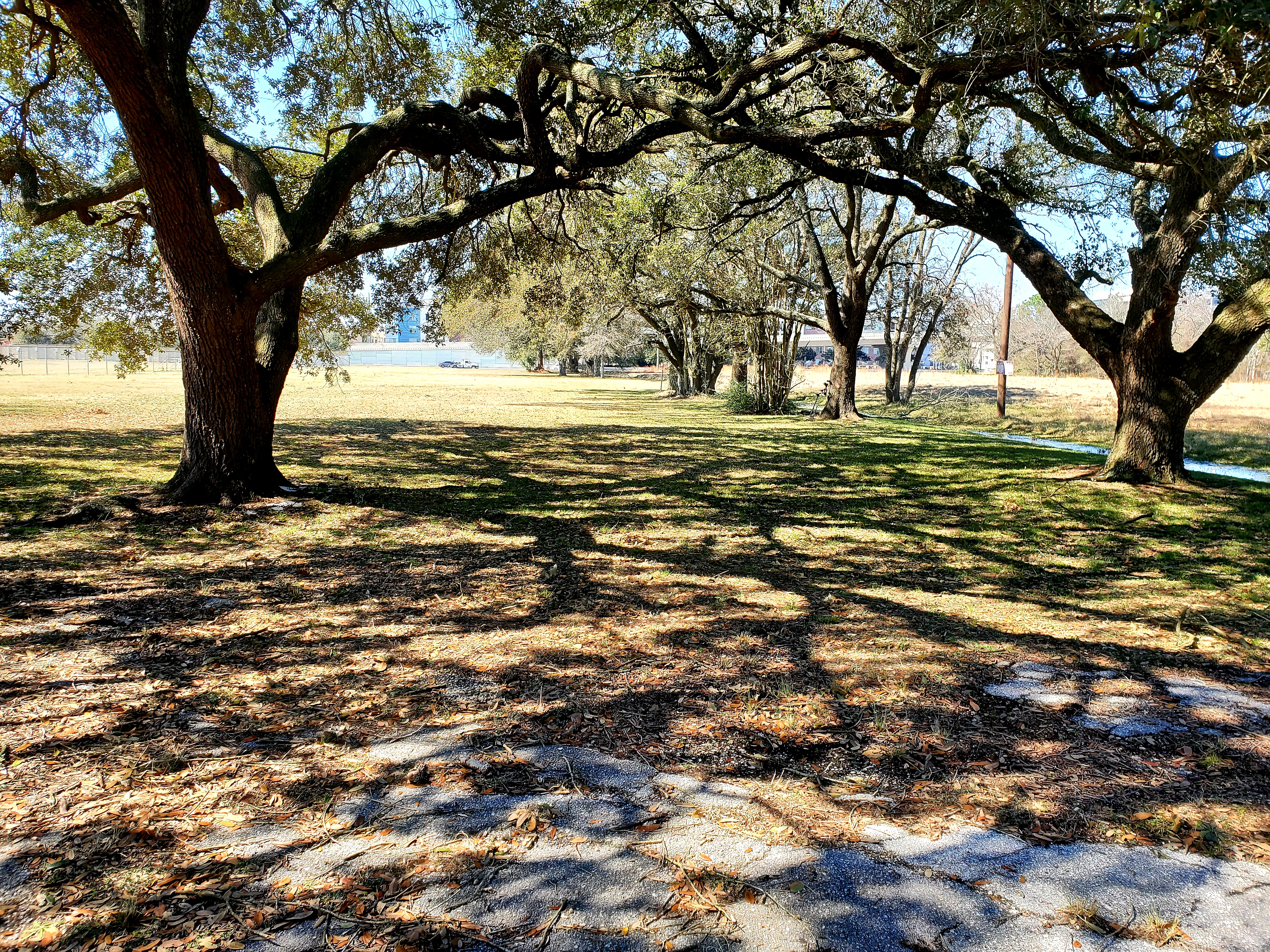

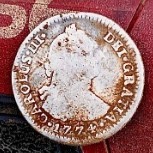


.thumb.jpg.8761b3d9b3da119b9e6d1912f67275ad.jpg)
